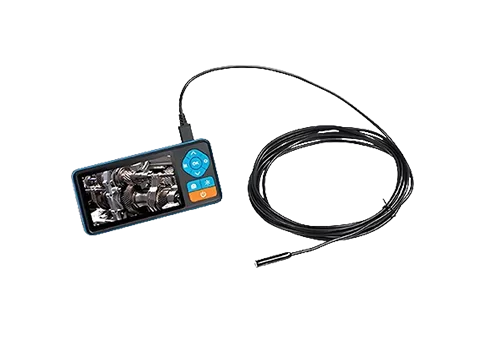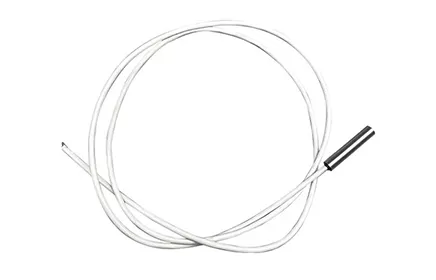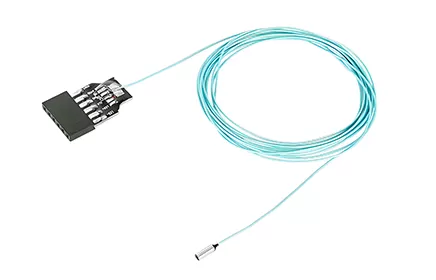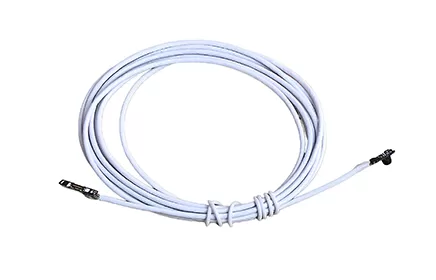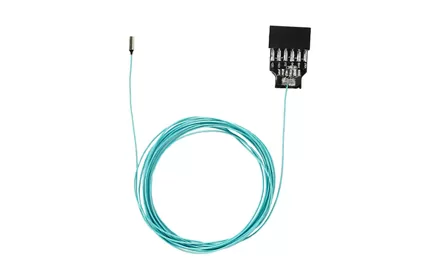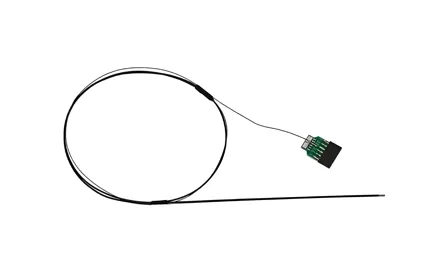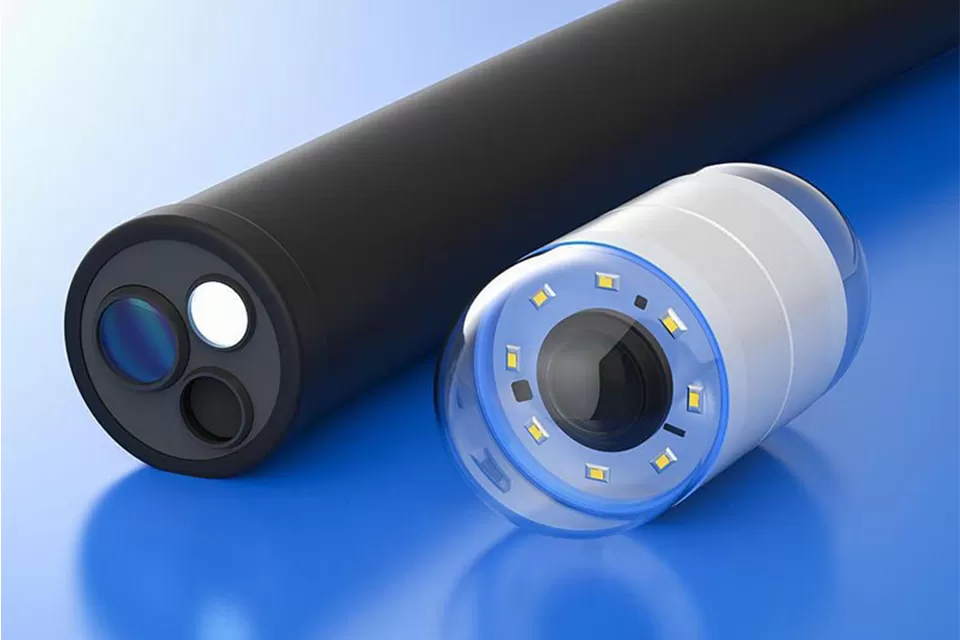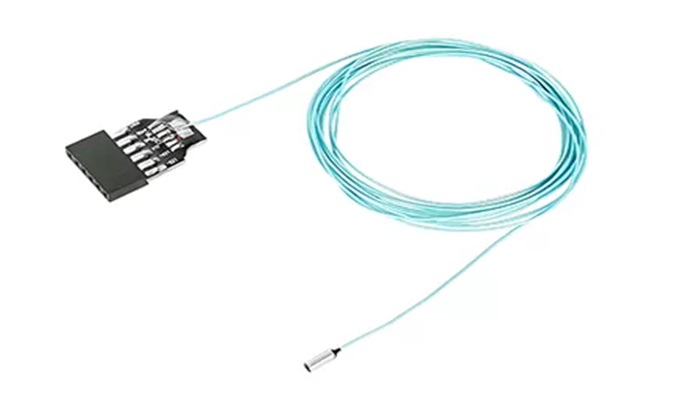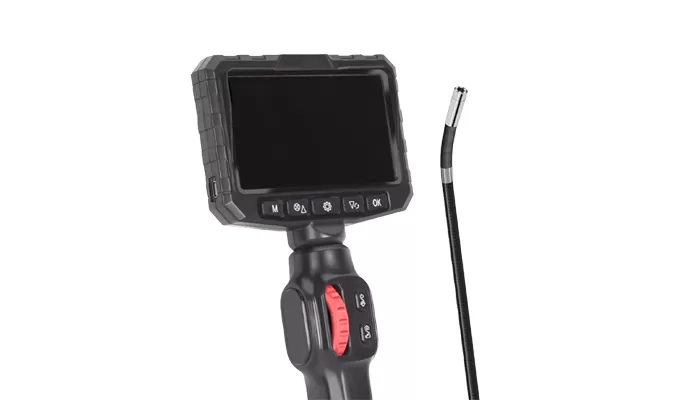【Imaging Performance】
Resolution
Medical-grade: ≥4K (3840×2160), with high-end models supporting 8K (7680×4320);
Industrial-grade: ≥1080P (1920×1080), with high-speed models supporting 120fps dynamic capture.
Dynamic Range
Medical: ≥140dB (supports narrowband imaging NBI/fluorescence imaging);
Industrial: ≥120dB (adaptable to low-light environments as low as 0.1lux to high-light conditions).
【Sensor and Optics】
Sensor Type
CCD: Quantum efficiency ≥80%, noise ≤1e⁻ (high-end medical models);
CMOS: Global shutter (jelly effect ≤1%), power consumption ≤0.5W (industrial/consumer-grade).
Lens Parameters
Diameter: 1.2mm (ultra-fine probe) to 10mm (therapeutic);
Field of View (FOV): 60° (macro) to 140° (wide-angle);
Depth of field: 0.1mm (microscopic) to 100mm (wide-range detection).
Illumination system
Light source: LED (color temperature 3000-6500K, lifespan ≥50,000 hours) / xenon lamp (brightness ≥100,000lux);
